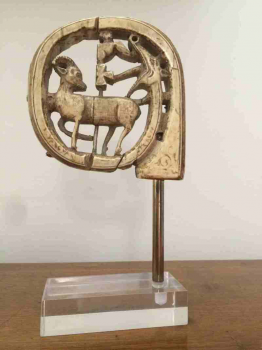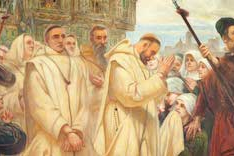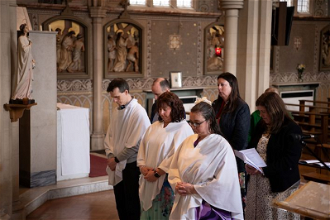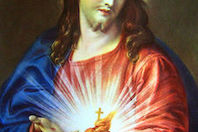Ancient crozier to be on display at Canterbury Cathedral

An historic object traditionally associated with sixth century Pope, St Gregory 1, who sent St Augustine to England in 597 AD on a mission to convert the Anglo-Saxons to Christianity, is being put on display at Canterbury Cathedral.
The ancient crozier head, which has been loaned to the Cathedral, is venerated by the monks of San Gregorio al Celio in Rome as that of St Gregory who was an abbot at the monastery prior to becoming Pope.
The Dean of Canterbury Cathedral, the Very Revd Dr Robert Willis said: "We are very pleased to receive the crozier as a symbol of ecumenical encouragement at this time of the meeting of Anglican Primates and as a link with St Gregory whose vision of the conversion of England caused Augustine to found the community at Canterbury."
Cardinal Gianfranco Ravasi, President of the Pontifical Council for Culture said: "Allow me at this point to congratulate you on the highly symbolic value of the loan of this relic, dear to the Church of England, which venerates Pope St Gregory the Great, the promoter of the evangelizing mission to the Anglo-Saxon people and is therefore a mark of the bond that spiritually unites the Catholic and Anglican Churches."
The Primates have been invited to meet in Canterbury next week (11 to 15 January 2016) by the Archbishop of Canterbury, the Most Revd Justin Welby and are due to spend time reflecting and praying together.
The loan of the crozier head has been made possible by the Italian Government's Fund for Religious Buildings, administered by the Ministry for the Interior and with support from the British Government.
The crozier will be on public display in the Canterbury Cathedral Crypt on Saturday 9 and Saturday 16 January from 10am until 4pm and on Sunday 10 January and Sunday 17 January from 12noon until 2pm. Normal Precincts charges apply.
A crozier is carried by a bishop or an abbot. It is often shaped like a shepherd's crook, as a reminder that clergy are considered the shepherds of the people of God and the bishop is the chief shepherd in the diocese. One of the earliest accounts of the carrying of a staff is that of Moses, who had a staff which he threw down in the presence of Pharaoh, which then turned into a snake. For that reason many pastoral staffs used the image of a snake at the curve of the staff.
The Monastery of San Gregorio al Celio in Rome has developed a particular devotion to the cause of Christian unity, especially between the Anglican Communion and the Roman Catholic Church. It has become a place where successors of St Gregory and St Augustine can meet and in 1996, Archbishop George Carey and Pope John Paul II prayed there together and issued a common declaration; in 2012 a service of vespers was jointly led by Pope Benedict XVI and Archbishop Rowan Williams.
Kent was chosen for the starting point of Augustine's mission to England, probably because the king of Kent, Ethelbert, had married a Christian princess, Bertha. Augustine succeeded in his mission and King Ethelbert of Kent converted to Christianity. He allowed missionaries to preach freely and gave them land to found a monastery outside the walls of the city of Canterbury and a church within the royal palace boundaries. Augustine became the first Archbishop of Canterbury and after his death in 604 he was soon revered as a saint, called the "Apostle to the English" and a founder of the English Church.





















